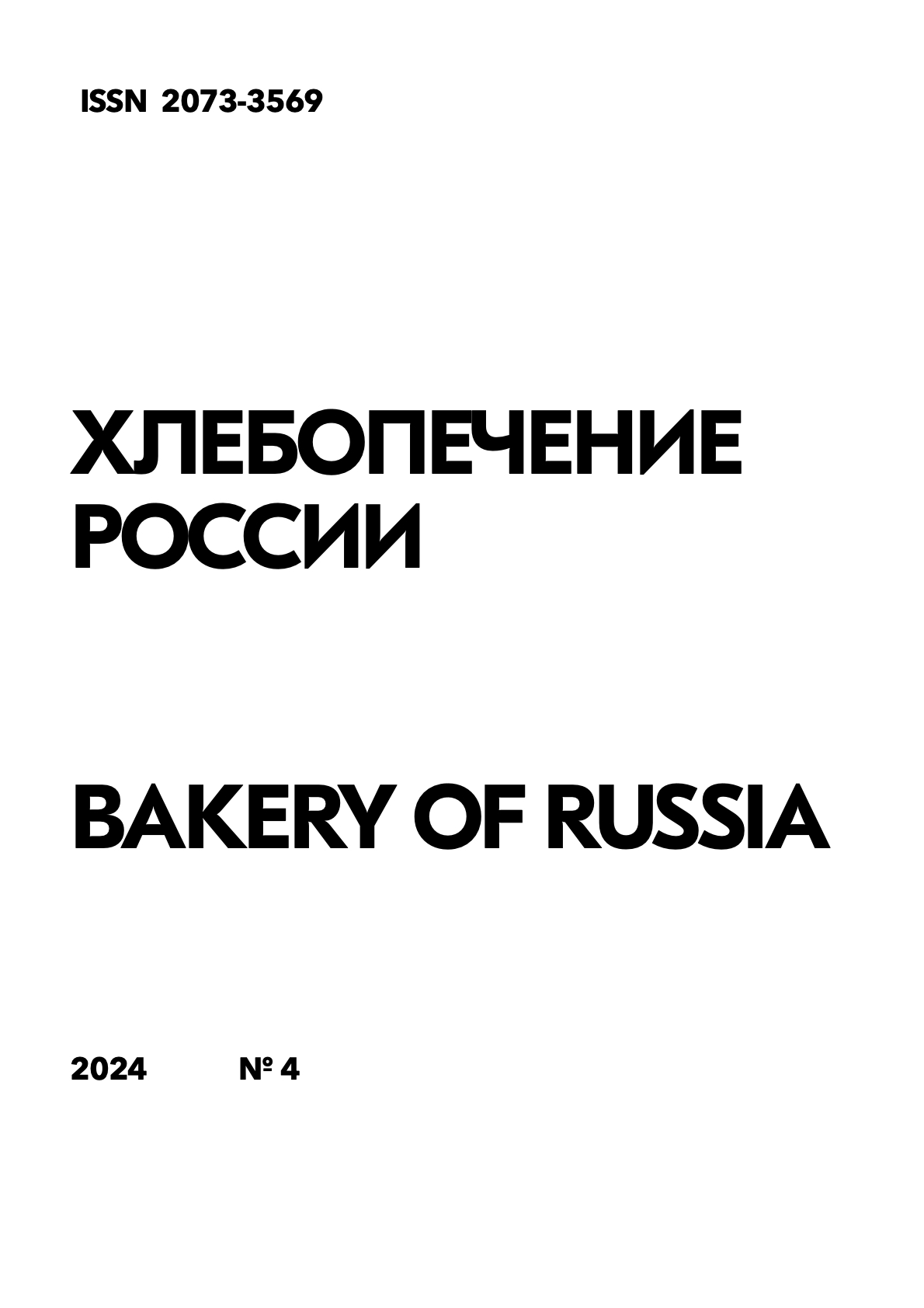The influence of fiber-optic temperature and humidity sensors on the optimization of the baking process in automated production lines
Keywords:
fiber-optic sensors, temperature, humidity, baking, automation, product quality.Abstract
The article is devoted to the study of the possibilities of using fiber-optic sensors to monitor temperature and humidity in the baking process on automated production lines. The relevance of the topic is due to the need to ensure consistently high quality of bakery products in conditions of intensification of production. The purpose of the work is to study the potential of fiber-optic sensors as a tool for optimizing the technological parameters of baking bread. The research methodology is based on a combination of analytical and empirical approaches, including analysis of scientific literature, laboratory experiments, and statistical data processing. The empirical base covers the results of testing five types of fiber-optic sensors on three models of baking ovens. It was found that the use of sensors reduces the variability of baking temperature by 24% and humidity by 19% (p<0.01). This ensures an increase in the yield of usable products by 3.6% while reducing energy consumption by 5.2%. It was revealed that in order to achieve maximum effect, it is necessary to optimize the placement of sensors in the baking chamber, taking into account its configuration. The results obtained are important for improving the automated control systems of bakery production and can be used in enterprises of the industry. In the future, it is advisable to expand the range of controlled parameters, as well as adapt the proposed solutions for other types of products.
References
Андреев Н.Р., Колпаков В.В., Гольдштейн В.Г. К вопросу глубокой переработки зерна тритикале // Пищевая промышленность. 2018. № 9. С. 30-33.
Асеева Т.А., Зенкина К.В., Рубан З.С., Ломакина И.В. Использование тритикалевой муки в хлебопечении // Достижения науки и техники АПК. 2018. Т. 32. № 5. С. 81-88.
Боталова А.И., Шилова Е.В. Анализ тенденций развития рынка хлеба и хлебобулочных изделий // Вестник совета молодых ученых и специалистов Челябинской области. 2022. Т. 1. № 2(37). С. 26-37
Горянина Т.А., Горянин О.И. Урожайность и качество зерна сортов озимой тритикале в Поволжье // Аграрный научный журнал. 2023. № 10. С. 33-37.
Зверев С.В., Панкратьева И.А., Политуха О.В., Грабовец А.И. Высококаротиноидное тритикале – перспективная культура для получения крупы функционального назначения // Хлебопродукты. 2019. № 4. С. 54-55.
Кацнельсон Ю.М., Крихели М.О., Киселёв М.В., Литвин Е.Н. Малое и среднее хлебопечение на рынке Российской Федерации // Кондитерское и хлебопекарное производство. 2018. № 7-8.
Косован А.П., Шапошников И.И. Вопросы формирования организационно-экономического механизма инновационного развития хлебопекарной промышленности и рынка хлебобулочных изделий // Хлебопечение России. 2015. № 2. С. 12-15.
Костина Р. Хлебопеки Архангельской области теряют в рентабельности из-за западных санкций // bakery.news. 2022.
Костюченко М.Н., Шапошников И.И., Косован А.П. Новая парадигма потребления хлебобулочных изделий в период и после пандемии: тенденции и инструменты влияния // Хлебопечение России. 2021. № 5. С. 16-21.
Костюченко М.Н., Шапошников И.И., Мартиросян В.В., Косован А.П. Новая экономическая реальность: адаптация хлебопекарной отрасли к меняющимся трендам развития рынка // Хлебопечение России. 2022. № 3. С. 16-21.
Кузнецова Л.И., Савкина О.А., Лаврентьева Н.С. Современное состояние и перспективы применения в хлебопечении муки из зерна тритикале // Хлебопродукты. 2019. № 11. С. 52-55.
Медведев А.М. Особенности формирования признаков продуктивности и качества зерна озимых тритикале республики Беларусь // Зернобобовые и крупяные культуры. 2023. № 2(46). С. 125-133.
Пономарева О.И. О работе хлебозаводов в условиях санкционных ограничений // «Х&К ФОРУМ». 2022. № 53. C. 12-13.
«Хлебопекарное производство в России – 2022»: эксперты обсудили ситуацию на рынке и работу отрасли в условиях санкций // bakery.news. 2022.
Чуруксаева А. Драйверы хлебопекарного рынка // «Х&К ФОРУМ». 2022. № 53. C. 8-11.
Downloads
Published
How to Cite
Issue
Section
License

This work is licensed under a Creative Commons Attribution-NonCommercial-NoDerivatives 4.0 International License.




